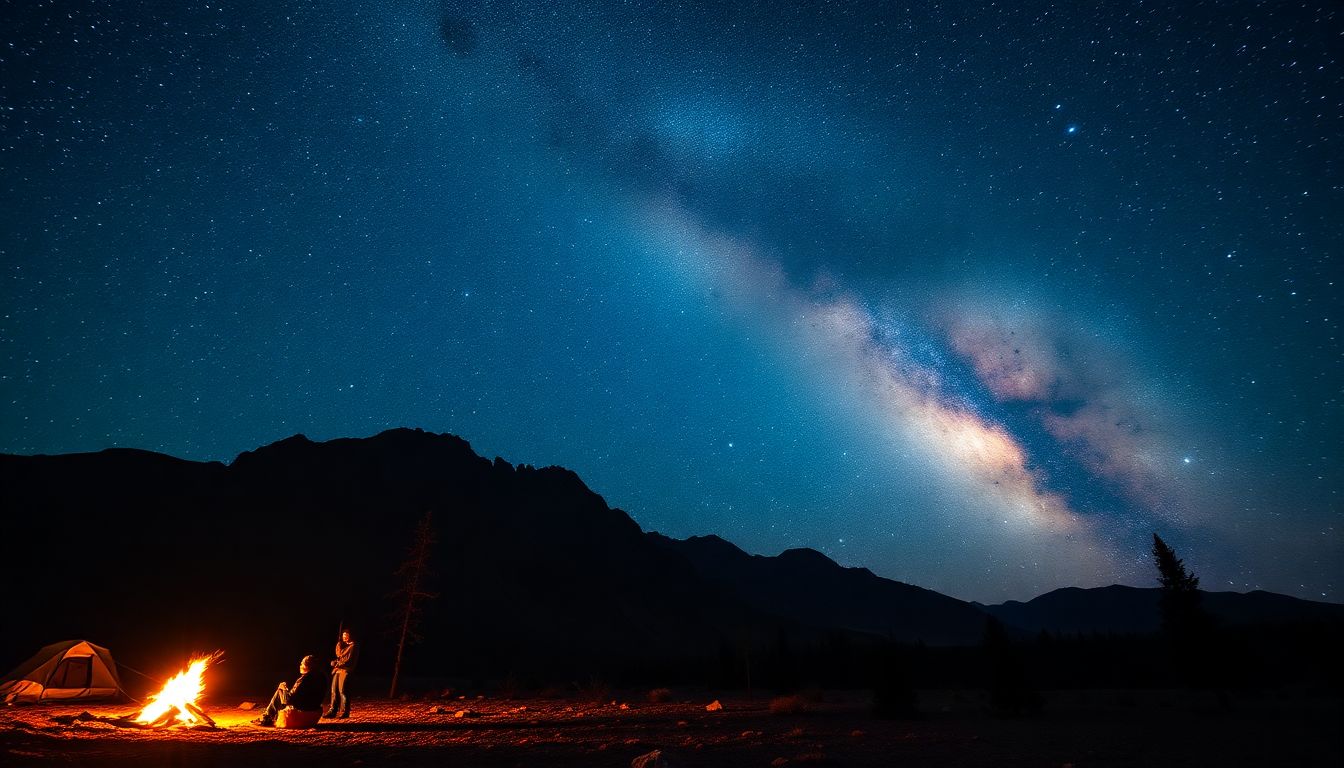
Why Are Some Nights Better for Star Watching Than Others?
Introduction
There’s something magical about looking up at a clear, star-filled sky. Many people find it peaceful and inspiring. But why are some nights perfect for star gazing, while others are just clouded over? The answer lies in atmosphere, light pollution, and other factors that affect how well we see the stars. Knowing what influences star visibility can help you plan the best nights for your sky watching adventures.
Factors Influencing the Quality of Night Sky Visibility
Many different elements play a role in how clearly we see stars at night. These can change from one night to the next and depend on where you are on Earth. Understanding these factors can help you pick the best nights to enjoy stargazing.
Light Pollution and Its Impact on Stargazing
Light pollution is when artificial lights brighten the night sky, making stars harder to see. Cities, towns, and even some suburbs use bright street lamps and billboards that wash out the darkness needed for star viewing.
Statistics show that over 80% of people worldwide live under skies affected by light pollution. This makes it difficult to see the Milky Way or faint stars. That’s why many astronomers and hobbyists seek out dark sky reserves—special places where artificial lights are kept to a minimum. These locations provide the best chance to see the stars in all their glory.
Atmospheric Conditions and Their Role
The sky’s clarity depends heavily on the atmosphere. Weather and particles in the air can make stars appear dull or hidden.
Clear Skies and Weather Patterns
A cloudless night is the gold standard for star watching. Clouds block the view and scatter light, making stars vanish. Dry seasons tend to bring more clear nights, especially in desert or high-altitude areas. Planning your stargazing trips during dry, cloud-free periods boosts your chances of seeing dazzling skies.
Air Clarity and Pollution Levels
Air quality matters too. Dust, smog, and humidity can scatter starlight across the sky. Cities with high pollution levels often see fewer stars at night. For example, big cities like Los Angeles and Beijing usually have less visible stars compared to remote mountain or desert locations. When pollution is low, the air is clearer, and stars shine brighter.
Moon Phases and Their Influence
The moon’s brightness can make it hard to see faint stars, especially during a full moon. Bright moonlight washes out the night sky, leaving only the brightest stars visible.
The best nights for star watching are during the new moon and waxing or waning crescent phases. During these times, the sky is darkest, revealing many more stars. Planning your stargazing trips around lunar cycles can mean the difference between a dull night and an unforgettable experience.
Astronomical Events and Their Effect
Special celestial events can make nights more exciting. Meteor showers, northern lights, and planetary transits add spectacular sights to the sky.
Timing your stargazing around these events increases the chances of witnessing something extraordinary. For example, the Perseids meteor shower peaks every August, offering hundreds of shooting stars in just a few hours. Being aware of such dates helps you catch the sky’s most stunning displays.
Local Geography and Elevation
Where you are on Earth influences what you see. Mountains, hills, and valleys can block light pollution from nearby areas, improving visibility.
Higher elevations offer thinner atmosphere, which means less haze and clearer skies. Many famous dark sky parks are perched on mountains or remote areas specifically to get the best views. Places like Mauna Kea in Hawaii or the Jasper National Park in Canada are perfect for star gazing because of their altitude and remote location.
Expert Insights and Practical Tips for Better Star Watching Nights
Experienced astronomers say that planning is key. Check weather forecasts and astronomical apps before heading out. Always look for dark-sky locations—far from city lights—and aim for nights around a new moon.
Here are some practical tips:
- Use weather apps and star-gazing tools to pick clear, dark nights.
- Head to remote, dark sky parks or rural areas.
- Avoid nights when the moon is full or nearly full.
- Cover your eyes, so your pupils stay dilated for better night vision.
- Bring warm clothes, a blanket, and a comfortable chair for long sessions.
By following these simple steps, you’ll increase your chances of enjoying breathtaking night skies.
Conclusion
Some nights are simply better for star watching than others. Factors like light pollution, weather, moon phases, and location all play a role in how vividly you see the stars. Planning your trips with these variables in mind transforms ordinary nights into unforgettable sky-watching experiences. Whether you’re a casual observer or a seasoned astronomer, understanding what makes a perfect starry night will help you catch more breathtaking views under the universe’s canopy. Get ready to look up and enjoy the night sky at its very best!

